Bird watching in Kerkini Lake
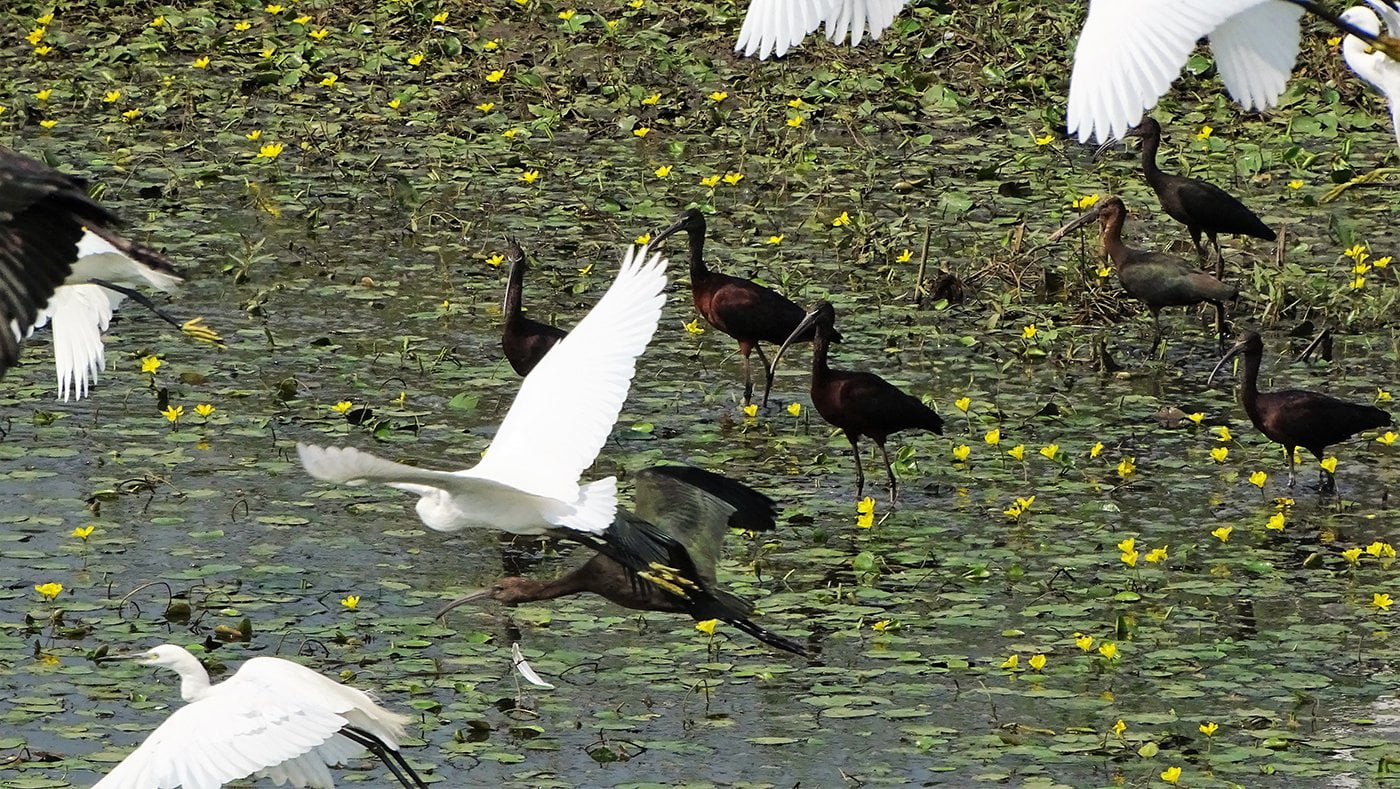
It has no keel and tends to rock every time you shift, even lightly, your weight. But thanks to its flat hull it can move in extremely shallow water and between and over reeds and vegetation, all around Kerkini Lake.
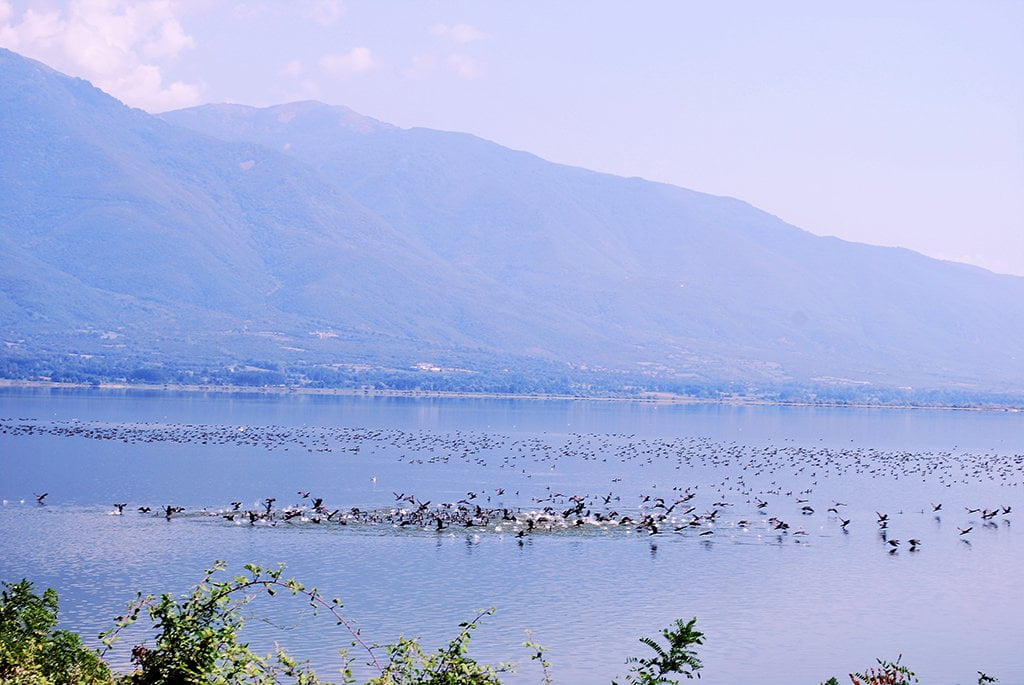
Bird watching in Kerkini Lake Photo Credit: Greece Insiders
Bird watching with boats
After embarking and, literally, finding our bearings, we move away from the shore. The serene scenery dominates all senses. The water looks absolutely still and the blue sky and clouds are reflected on the mirror of its surface. Suddenly, a huge wave appears; not in the water, but up there, in the sky. It is one of the many huge flocks of birds changing direction in their signature, abrupt manner, the rolling mass creating a dramatic torrent of shapes and colors. No wonder this place is considered a bird-watchers paradise. Our guide turns the boat around and explains where we are going and what we are about to see. He gives us some information about this National Wetland and its surrounding Park. Information that cannot be translated into what the eyes can see. Maybe that is why the group’s cameras are working overtime.
There are more than 300 bird species in the Lake Kerkini National Park
In the Lake Kerkini National Park you can see more than 300 bird species. Among them 137 of these species nest, 134 overwinter and 163 use the wetland and the surrounding area as an intermediate resting and foraging stop in their migration routes.
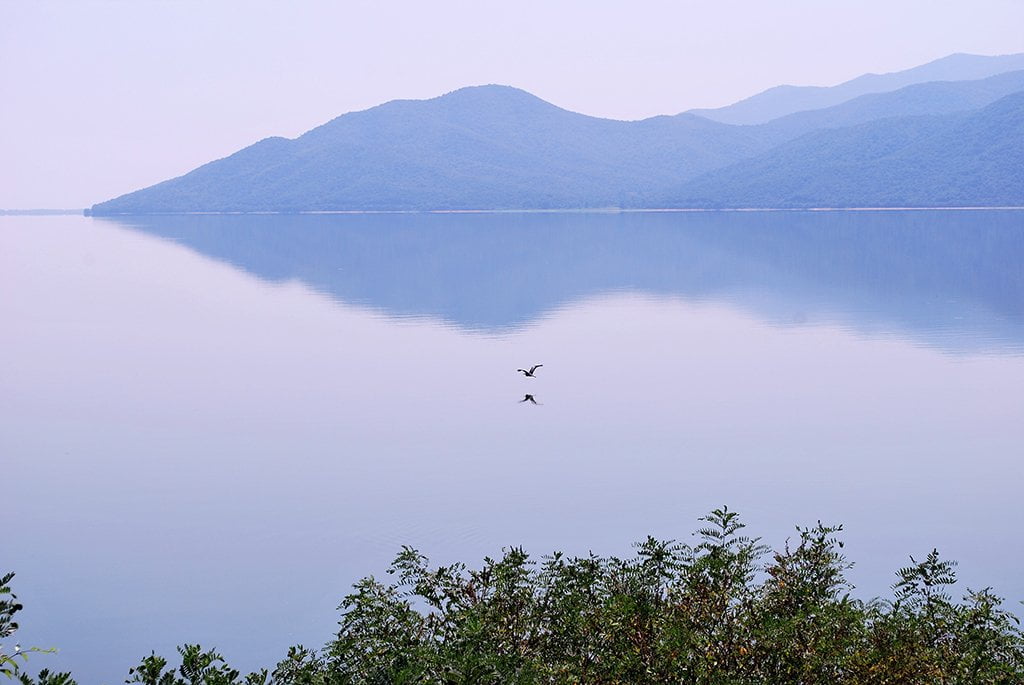
Bird watching in Kerkini Lake Photo Credit: Greece Insiders
A total of 10 species nest in mixed colonies in the riparian forest, which is a significant number both for Greek and European standards. The great cormorant (Phalacrocorax carbo), the little egret (Egretta garzetta), the great white egret (occasionally) (Egretta alba), the purple heron (Ardea purpurea), the grey heron (Ardea cinerea), the squacco heron (Ardeola ralloides), the night heron (Nycticorax nycticorax), the spoonbill (Platalea leucorodia), the pygmy cormorant (Phalacrocorax pygmaeus), the glossy ibis (now occasionally) (Plegadis falcinellus). In floating nests, in the riparian forest, and the remaining reed beds breeds the great crested grebe (Podiceps cristatus), as well as the little grebe (Tachybaptus ruficollis), the black-necked grebe (Podiceps nigricollis), the coot (Fulica atra) and the common moorhen (Gallinula chloropus), as well as the swan (Cygnus olor) since 2009, while the whiskered tern (Clidonias hybridus) nest in the leaves of lilies or other aquatic plants. Other important species breeding in the area are: the black stork (Ciconia nigra), the white stork (Ciconia ciconia), the peregrine falcon (Falco peregrinus), the short-toed eagle (Circaaetus gallicus), the lesser spotted eagle (Aquila pomarina), the white-tailed eagle (Haliaaetus albicilla) and the booted eagle (Aquila pennata).
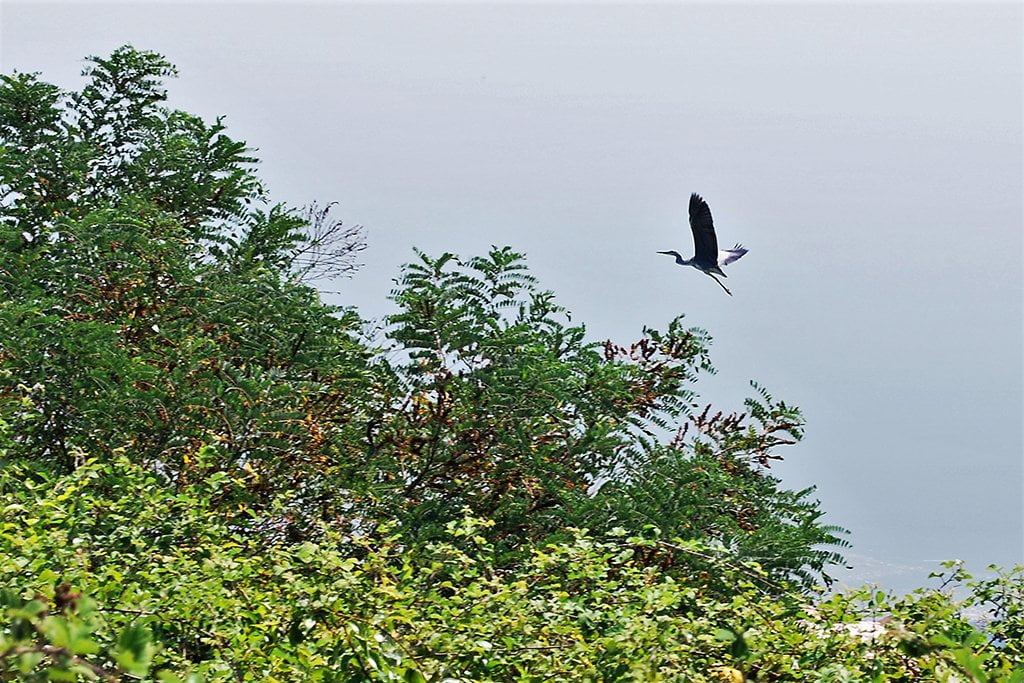
Bird watching in Kerkini Lake Photo Credit: Greece Insiders
Many thousands of waterfowl overwinter in the lake. Moreover, the presence of rare birds of prey is also remarkable, for example the imperial eagle (Aquila heliaca), the golden eagle (Aquila chrysaetos), the peregrine falcon (Falco peregrinus), the greater spotted eagle (Aquila clanga) and the white-tailed eagle (Halliaaetus albicilla). Over the last years, new species have also been observed in the area, either during migration or in winter, such as the white-headed duck (Oxyura leucocephala), the saker falcon (Falco cherrug), the flamingo (Phoenicopterus roseus), the Tundra swan (Cygnus columbianus), the goosander (Mergus merganser), the lesser white-fronted goose (Anser erythropus), to name some. Lake Kerkini (along with the area of Porto Lagos) is the most important wintering area for the Dalmatian pelican (Pelecanus crispus) in Europe.
In Lake Kerkini, 12 different bird species nest in just one colony and it is the first area where, after 150 years, the breeding range of the Dalmatian pelican has expanded because of the artificial platforms created by the Management Body.
The biodiversity of this wonderful place is impressive. At the same time it is a unique destination as it is one of the most accessible wetlands of such importance in Europe.
Most common bird watching routes of Kerkini Lake
Most guides suggest that if you wish to take a bird-watching tour of the lake, you better start from Vyronia and travel southwards guided by the sun.
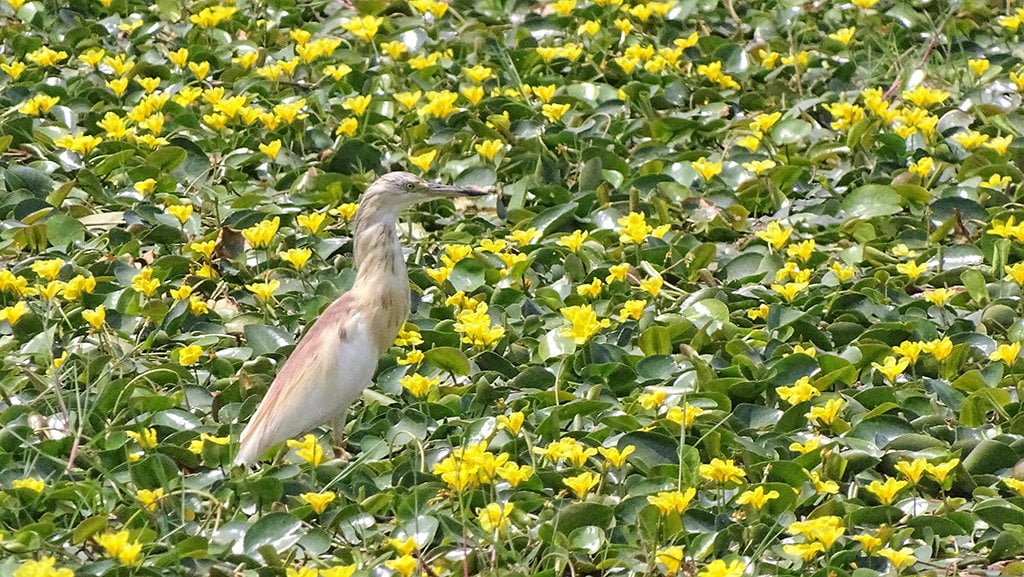
Bird watching in Kerkini Lake Photo Credit: Greece Insiders
From Vyronia to the river, marshes expand on both sides of the road and it’s an exquisite area for observing herons, warblers, pygmy cormorants and different birds of prey any time of the year. You can also watch flycatchers and birds with “cryptic” behavior (birds that tend to hide), such as little crakes and little bitterns.
The river dikes upstream of the Vyronia bridge, as well as the marshes on the northern part of the river, are the habitats of pelicans and cormorants that fish all over the area. You may also observe cranes throughout the year, while in summer you may see lesser spotted eagles, Eleonora’s falcons, lapwings, stone curlews, as well as cattle egrets, if you are lucky. Keep your eyes open for tawny pipits, short-toed larks and black storks. In winter these habitats are used by spotted eagles.
In the beautiful wetlands between the river and the northeastern end of the lake –accessible through Megalohori- you can observe wading birds, herons, glossy ibises and terns. The area constitutes a significant habitat for eagles, cranes, black storks and pelicans as well.
Lithotopos and the area surrounding the dam, is the best spot to observe ferruginous ducks, as well as overwintering little egrets and black-crowned night herons, especially during the winter. Also, during the winter, pelicans approach fishermen, who feed them, and in summer great crested grebes arrive to nest.
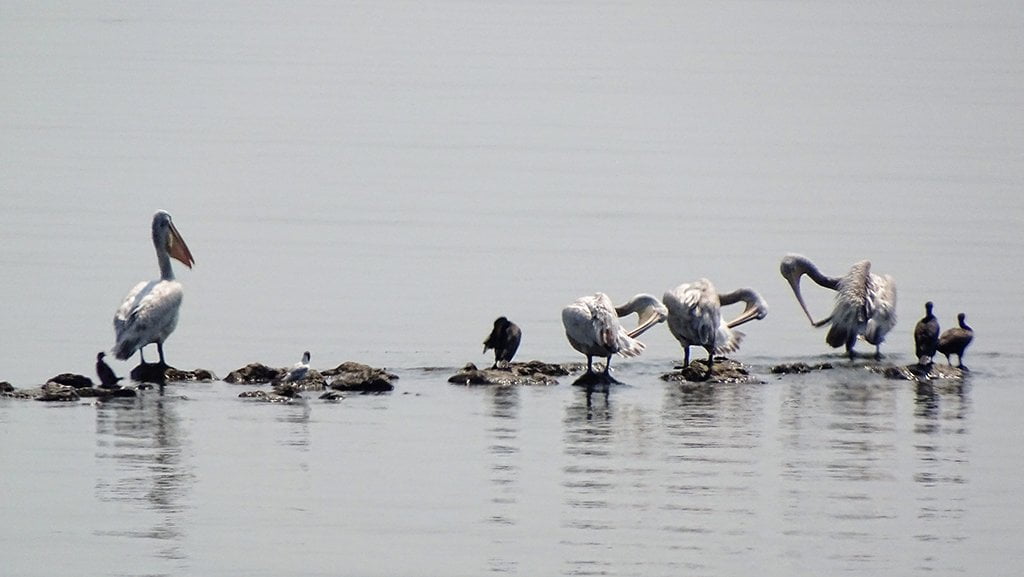
Bird watching in Kerkini Lake Photo Credit: Greece Insiders
Following the lake bank from Lithotopos to Koryfoudi, look carefully as you might spot booted eagles, short-toed eagles and lesser spotted eagles building their nests, as well as sparrow hawks, black kites and buzzards flying down from the nearby mountains. Cranes are also frequent visitors during winter and spring. Smaller trees offer a refuge to warblers (especially to subalpine warblers). There are also cirl buntings throughout the year; however rock buntings and sombre tits go higher on hills as the cold days recede. Follow the path starting to your left, 4 kilometers away from Lithotopos, in order to go higher, where you will be able to observe masked shrikes and lesser grey shrikes. Look at the lake for large flocks of cormorants and pelicans fishing.
In the marshes in Koryfoudi you can meet herons, pygmy cormorants, Eurasian spoonbills and pelicans. Great crested grebes, Eurasian coots and moorhens build floating nests. During winter, observe the large flocks of ducks in the lake and look for rare species, but also take a look at the banks for water pipits, snipes and other wading birds, as well as for large flocks of greenfinches.
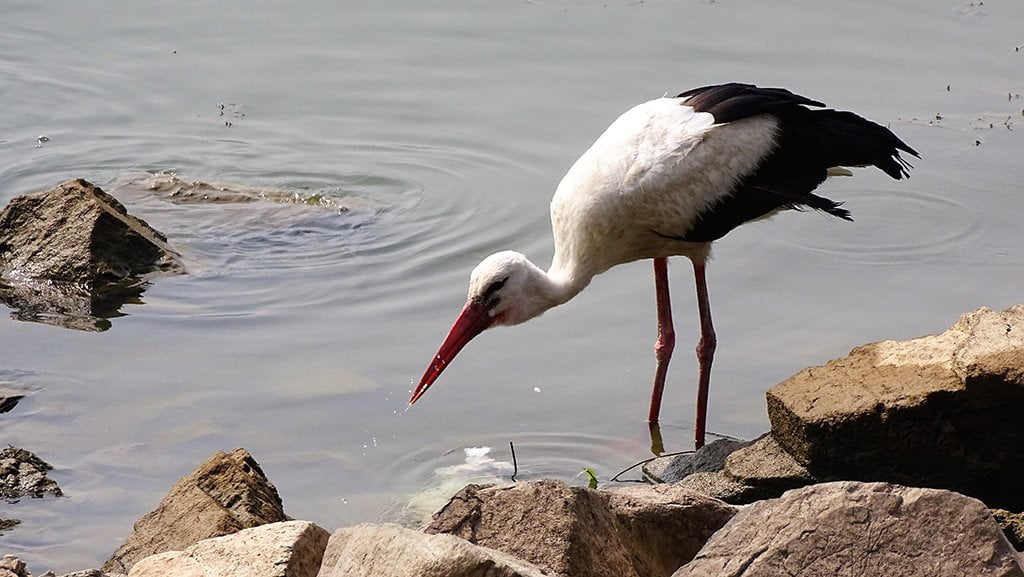
Bird watching in Kerkini Lake Photo Credit: Greece Insiders
At the mouth of river Kerkinitis you can see ducks in the winter and herons and pygmy cormorants in the summer. Walking along the road to Koryfoudi, you can observe penduline tits, black-eared wheatears and ortolan buntings.
Towards the end of the western dike, to the north, there are also ducks and great egrets in the winter and all species of herons and pygmy cormorants in the summer. Keep your eyes open for cranes and other wading birds throughout the year.
Finally, the small port of Mandraki is a great spot to observe flocks of ducks, wading birds, pelicans and greater flamingos in winter, along with spotted eagles and other birds of prey. In summer you can admire herons, terns, various different types of cormorant and pelicans fishing around the nesting platforms of the Dalmatian pelicans and the terns’ floating platform.
Feeling Ready?
From our blog

Visiting Athens with Kids: A helpful Guide
READ MORE
Paros for Seniors: Tips and Itinerary
READ MORE
Best Resorts in Greece for Families: Your Ultimate 2025 Guide
READ MORE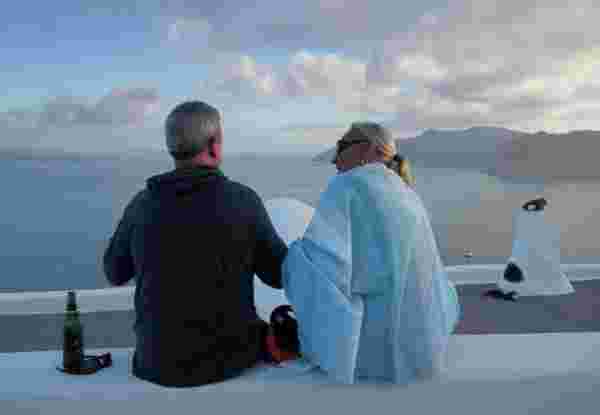
How to Enjoy Santorini for Seniors
READ MORE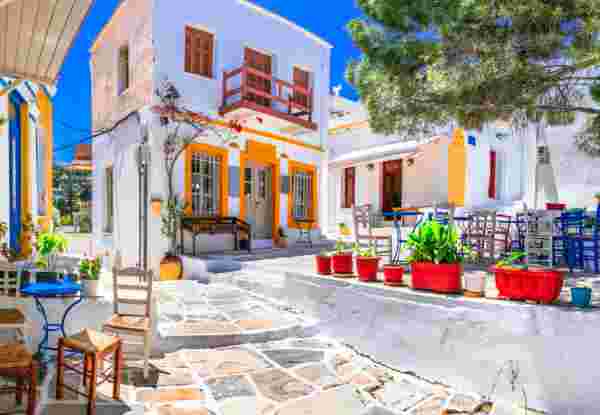
Honeymoon in Paros Island
READ MORE
Rome Travel Guide: What to Do, When to go and Where to Go
READ MORE
The Best Greek Islands for Couples, According to a Luxury DMC
READ MORE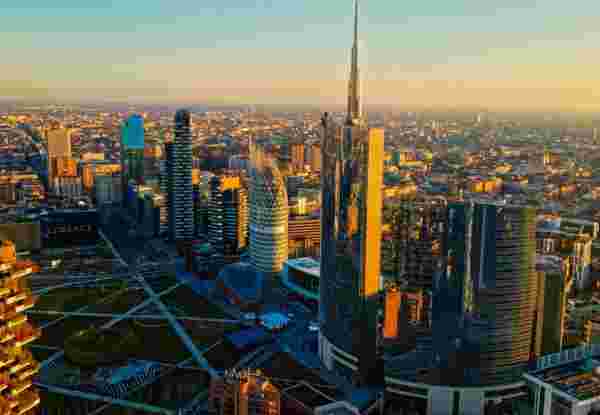
Discover Milan: Top Attractions
READ MORE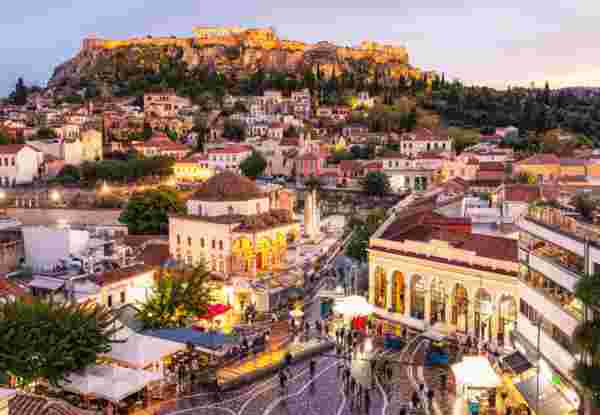
Athens in February Travel Guide
READ MORE



